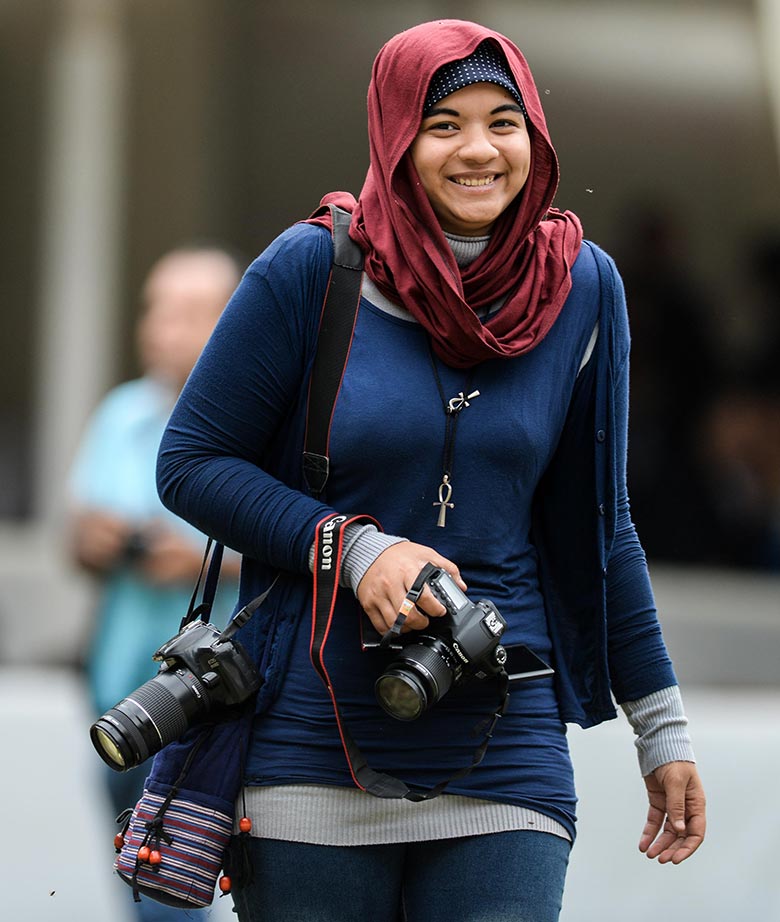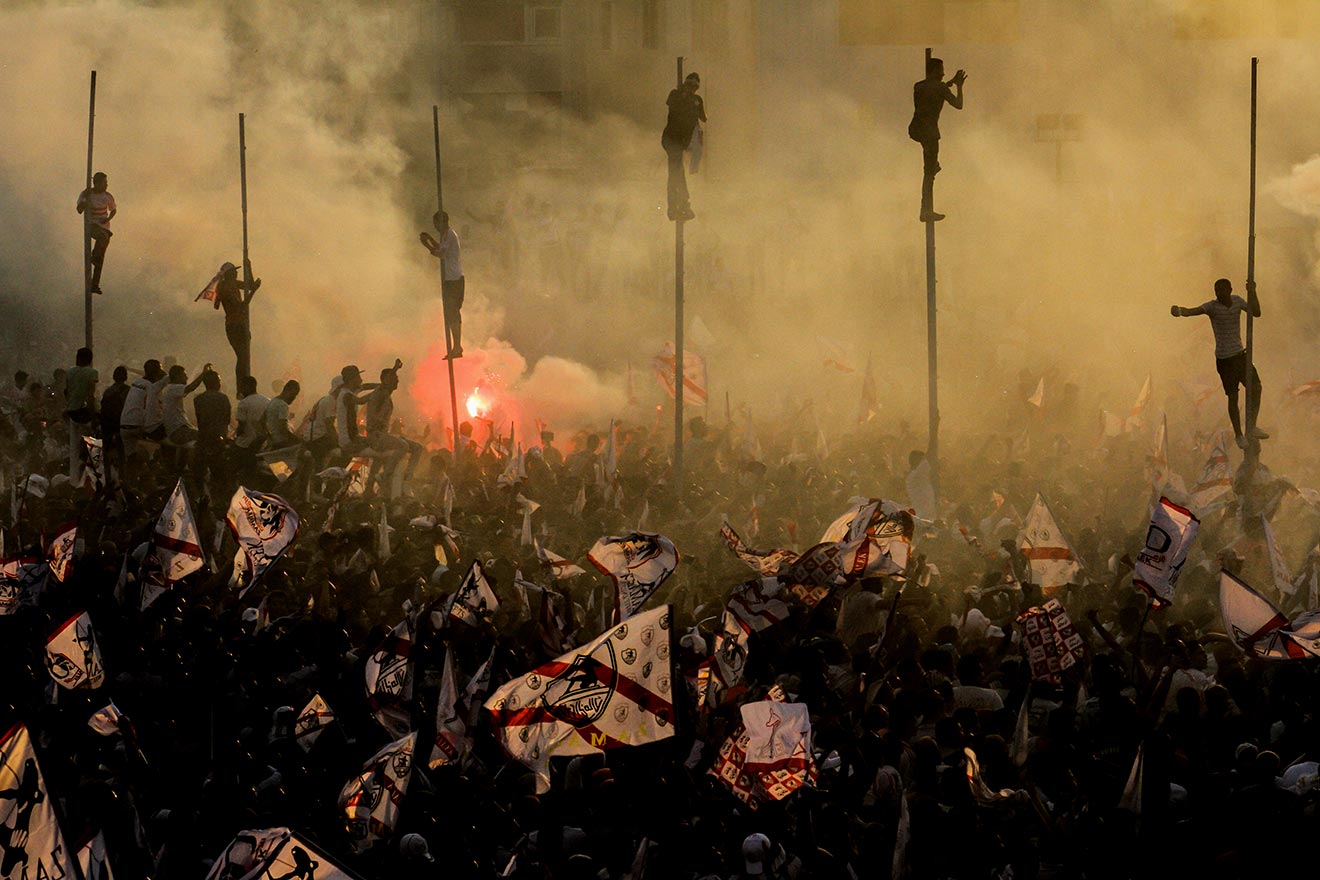Female photojournalists face perils in Egypt
August 26, 2016

Rising Egyptian photojournalist Gehad Hamdy is worried about the safety of woman journalists in her country.
She recently won an award in the Best Sports Photo category in the Andrei Stenin International Press Photo Contest.
Hamdy, 24, explains to African Independent the trials and tribulations involved in working as a woman photojournalist from an Arabian country, as Arab countries – in her view – have antiquated views that “woman work should be house work”.
“Egyptian society and the regime don’t like journalists at all, and to be a woman working in an unloved profession makes us face a lot of challenges. We face verbal abuse and sexual harassment.
“Like male photojournalists, we face the danger of being detained, shot or killed,” she says.
“So imagine working daily under this kind of pressure, where you should avoid listening to insults or ‘advice’ like you should stay at home, avoid being in crowded places and avoid being detained while trying to get home safely with a good picture.
“It seems impossible, but we have the courage to do this every day,” Hamdy asserts.
Cairo-born Hamdy says her passion for photography was cultivated from childhood, where she taught herself photographic skills by taking pictures of everyday life after being rejected to study photography and cinematography at Egypt’s High Institute of Cinema.
This led her to carve out a niche in photojournalism when the 2011 Arab Spring erupted on Tahrir Square, Egypt.
“After the uprising, I felt that history was being written in the streets and I had to take part by writing it with my photos.
“I then specialised in photojournalism as a freelancer and started to document Egyptian street revolutionary events – clashes and conflict – and I accurately documented the history as it unfolded,” she says, adding that she received her first professional contract in 2012 from a local newspaper.
Hamdy says Manu Brabo, the Spanish photojournalist who was captured in Libya while covering the 2011 Libyan Civil War, is her greatest inspiration in photojournalism.
“He (Brabo) is the most intelligent photographer in my view… his photos always catch your eye and take you behind the scene (of events). I am really gaining experience from seeing his photos. I hope to achieve what he has achieved when I become his age,” she enthused about the 35-year-old Spaniard.
Hamdy’s winning photo, The Knights, was captured at the Helmy Zamora sports stadium – the home stadium for Egypt’s football giants, Zamalek – last year after the club won their first Egyptian league title in 11 years. This picture perfectly encapsulates the raw euphoria and passion of Zamalek’s fans, with the flares and fireworks synonymous with Egyptian football accentuating the fans’ elation. Hamdy says she was overjoyed yet surprised when told her picture had been chosen as the best by voters on the competition’s website.
“It is the best feeling when you know that there are people you don’t know, from countries you have never visited, who believe your photo is good and you deserve to win. To know that you have supporters from all over the world who believe in you and are pushing you to win; it’s a fantastic feeling. I was shouting out loud: ‘Oh my God! Years of hard work did not go in vain’,” she says.
And Hamdy is assertive when offering words of advice to other young Africans who wish to pursue a career in photography:
“Believe in yourself and go catch your dream. Don’t listen to those who put you down by telling you photography is not a career or you can’t do this. Maybe they are right in a small way, but (photojournalism) is not a career. It’s a way of life and an important role you can play in your country and the whole world.”
Africa and the world are fortunate to have this courageous young woman telling our stories.



